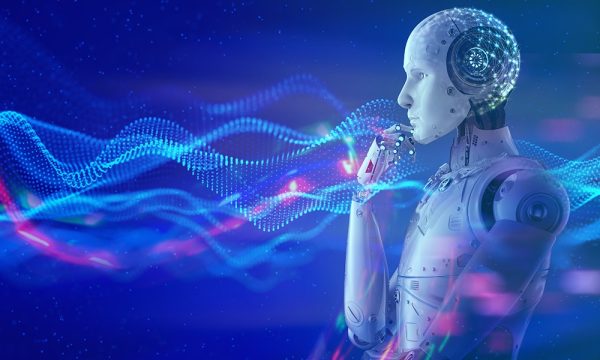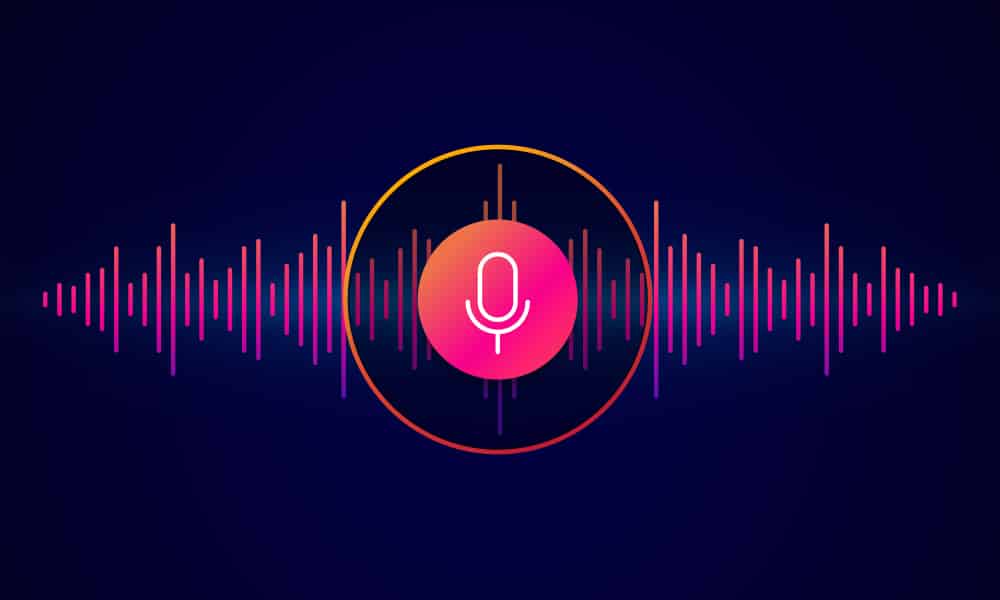Artificial Intelligence is revolutionizing the music industry, offering automated composition, mastering, and performance tools. AI algorithms generate novel compositions, predict hits, and personalize listener experience, transforming music production, distribution, and consumption. This emerging technology presents both exciting opportunities and challenging ethical dilemmas.
Machine learning (ML) models require training data to function effectively, as a composer needs musical notes to write a symphony. In the music world, where melody, rhythm, and emotion intertwine, the importance of quality training data cannot be overstated. It is the backbone of developing robust and accurate music ML models for predictive analysis, genre classification, or automatic transcription.
Data, the Lifeblood of ML Models
Machine learning is inherently data-driven. These computational models learn patterns from the data, enabling them to make predictions or decisions. For music ML models, training data often comes in digitized music tracks, lyrics, metadata, or a combination of these elements. This data’s quality, quantity, and diversity significantly impact the model’s effectiveness.

Quality: The Harmony of Data
Quality is a crucial aspect of any training dataset. High-quality data for music ML models means it is accurately labeled without noise or errors. For instance, if a model aims to classify music genres, the training data should be correctly tagged with their respective genres. Any mislabeling can mislead the model, resulting in poor performance. Moreover, the audio files should be free from extraneous noise to ensure the model learns the correct features.
Quantity: The Scale of Learning
The size of the training dataset plays a significant role in a model's learning ability. In essence, the more data, the merrier. ML models need substantial amounts of data to generalize well. A large and diverse dataset exposes the model to numerous scenarios, reducing the likelihood of overfitting, where the model learns the training data too well and fails to perform effectively on unseen data.
Diversity: The Rhythm of Variance
Just as a musical piece thrives on variation, the diversity of the training dataset is paramount. A diverse dataset includes music from various genres, languages, and cultural backgrounds. This diversity helps ensure that the ML model will be versatile and robust, able to handle a wide range of music types, not just the ones it was predominantly trained on.
The Road to a Maestro Model
To achieve quality, quantity, and diversity in training data, it involves meticulous data collection, labeling, and augmentation processes. The investment is substantial, but the return is equally rewarding. A well-trained music ML model can transform various aspects of the music industry, from enhancing music discovery to automating composition and mastering.
Ultimately, the quality of training data determines how effectively a music ML model performs. Therefore, like the importance of each note in a symphony, every bit of training data contributes to the masterpiece that is a well-trained, reliable, and accurate ML model in the music industry.
Music AI Use Cases
Music Composition
AI algorithms, such as OpenAI’s MuseNet, can create original music by analyzing patterns and styles from existing music. This helps musicians generate new ideas or produce background tracks for various purposes.
Auto-tagging
It is the process of automatically assigning relevant metadata or tags to a piece of music, which can help improve searchability, organization, and recommendation.
Music Recommendation
AI algorithms, such as OpenAI’s MuseNet, can create original music by analyzing patterns and styles from existing music. This helps musicians generate new ideas or produce background tracks for various purposes.
Copyright Detection
AI can identify copyrighted music content, helping platforms enforce licensing agreements & ensure payments to artists.
Music Categorization
Auto-tagging can help classify music tracks based on genre, mood, tempo, key, and other attributes, making it easier for listeners to search and discover new music.
Playlist Creation
By analyzing and categorizing music with auto-tagging, streaming services can automatically generate playlists that cater to users’ preferences or specific themes, such as workout playlists or study playlists.
Music Licensing
Music libraries and licensing platforms can use auto-tagging to organize their catalog and make it easier for clients to find the right track for their projects, such as advertisements, films, or video games.
How Shaip Helps
Shaip offers Data Collection & Transcription services to build ML models for Music Industry. Our professional music collection and transcription service team specialize in collecting and transcribing music to help you build ML models.
Our comprehensive solutions provide high-quality, diverse data from various sources, paving the way for groundbreaking applications in music recommendation, composition, transcription, and emotion analysis. Explore this brochure to learn how our meticulous data curation process and top-notch transcription services can accelerate your machine learning journey, giving you a competitive edge in today’s fast-paced music landscape. Transform your musical ambitions into reality with our unparalleled expertise and commitment to excellence.
Data Collection
Unlock the future of the music business by leveraging the power of artificial intelligence (AI) with our comprehensive AI Training Data for the Music Industry. Our meticulously curated dataset empowers machine learning models to generate actionable insights, revolutionizing how you understand and interact with the music landscape. We can help you collect music data from the following with additional criteria such as:
| Music Genres | Speaker Expertise | Languages Supported | Diversity |
|---|---|---|---|
| Pop, Rock, Jazz, Classical, Country, Hip-hop/Rap, Folk, Heavy Metal, Disco & more. | Beginner, Intermediate, Pro | English, Hindi, Tamil, Arabic, etc. | Male, Female, Kids. |
Data Transcription
Also referred to as data annotation or labeling, our process involves manually entering the musical score into specialized software, enabling clients to access the written music and an accompanying mp3 audio file that simulates the score as a computer performs. We can accurately capture each instrument’s part by boasting talented music transcribers with perfect pitch. Our extensive expertise allows us to create diverse musical scores, ranging from straightforward lead sheet transcriptions to intricate jazz, piano, or orchestral compositions featuring numerous instruments. A few use cases of Music Transcription or labeling are.
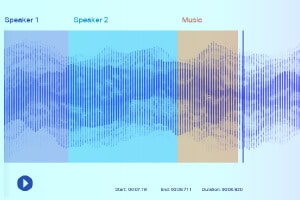
Sound Labeling
With sound labeling, the data annotators are given a recording and need to separate all the needed sounds and label them. For example, these can be certain keywords or the sound of a specific musical instrument.
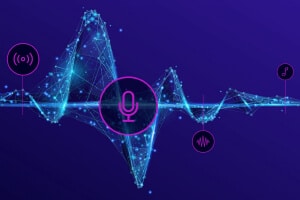
Music Classification
Data annotators can mark genres or instruments in this kind of audio annotation. Music classification is very useful for organizing music libraries and improving user recommendations.

Phonetic Level Segmentation
Label and classification of phonetic segments on the waveforms and spectrograms of recordings of individuals singing acapella.

Sound Classification
Barring silence/white noise, an audio file typically consists of the following sound types Speech, Babble, Music, and Noise. Accurately annotate musical notes for higher accuracy.
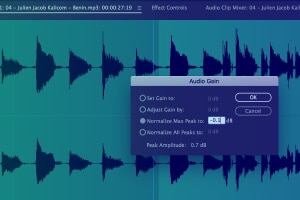
MetaData Information Capturing
Capture important information such as Start Time, End Time, Segment ID, Loudness Level, Primary Sound Type, Language Code, Speaker ID, and other transcription conventions, etc.
